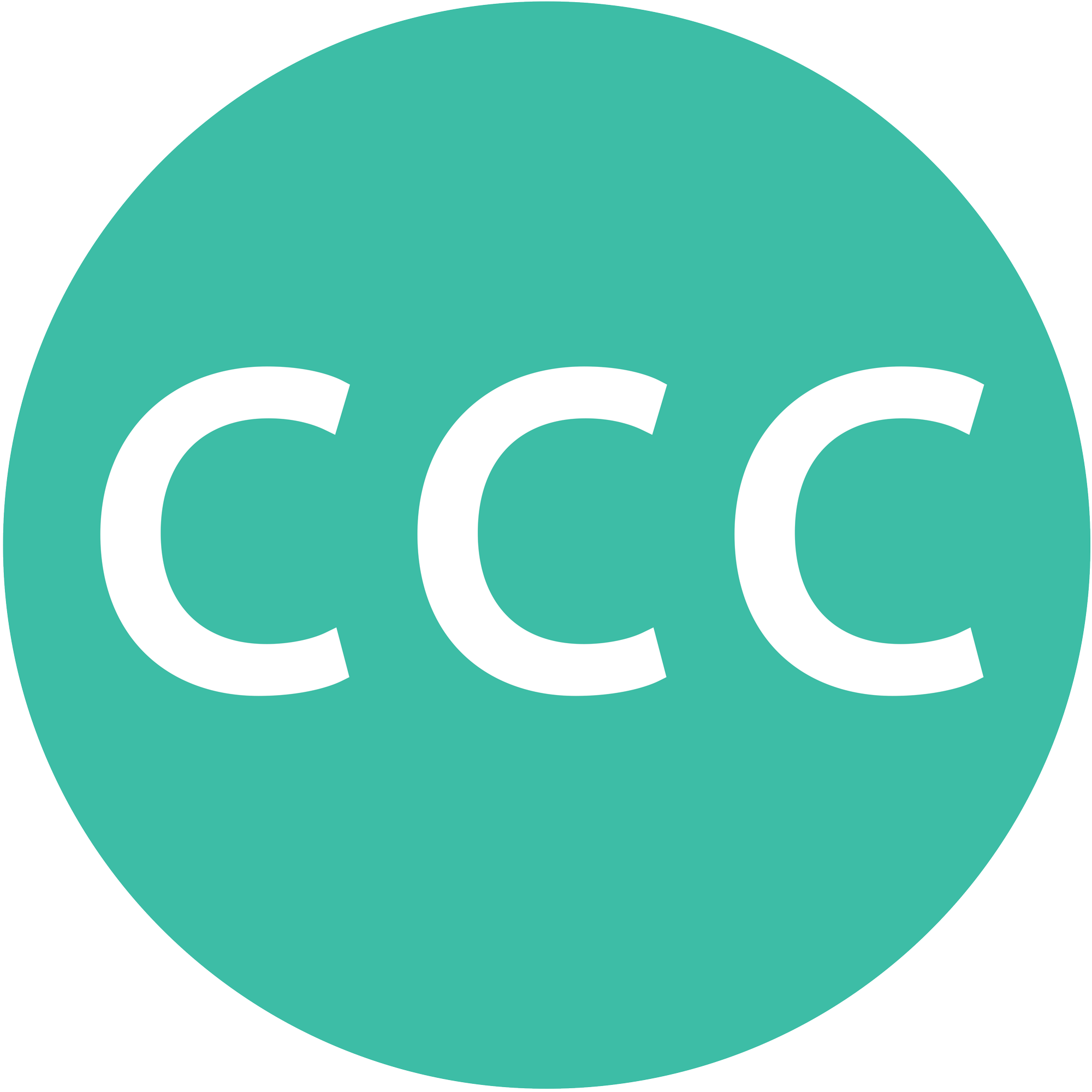A few weeks ago I was in Asheville to attend my granddaughter’s college graduation. Our hotel room overlooked the city’s Pack Square where a year earlier the statue of Zebulon Vance, North Carolina governor, senator and slave holder, had been torn down and on the street surrounding its pedestal had been beautifully written Black Lives Matter. A hopeful sign, as was Warren Wilson College’s commencement ceremony.
But Charles M. Blow, in his essay in the New York Times, “The Great Erasure” reminded us: “I’ve learned not to expect much from America; it has a deep capacity for change but a shallow desire for it. I have embraced the ‘wise desire not to be betrayed by too much hoping,’ as James Baldwin put it. But I worry about young people in all of this. It is their faith that’s most vulnerable to damage. They were the ones who most believed that change was not only possible but imminent, only to have America retreat and retrench.”
The donor community has some responsibility for this retrenchment. Despite the rhetoric and high-profile commitments of 2020 and 2021 to the various crises surfaced by the pandemic, a burst of philanthropic dollars has failed to materialize. With foundation tax returns (Forms 990-PF) becoming available for 2020 we can generalize about the failure of these institutions to step up to the plate and fuel real change. Nonprofits across the board are having difficulty meeting budgets while donors behave as if the crises are over or that nobody is watching.
And then we get the back-to-back gut punches of Buffalo and Uvalde. I receive from Violence Policy Center, one of our grantees, a barrage of email reports documenting the idiocy of our gun culture, including the fact that annual gun deaths now exceed deaths from auto accidents. There has been a tremendous amount written about these shootings, (one example from the Washington Post), and yet nothing changes.
The two fundamental and interrelated reasons things don’t change are a broken democracy–the public overwhelmingly supports gun controls, and has for years, yet Congress does nothing more than offer condolences–and wealth inequality (aka greed, the kind that has gun manufacturers putting an estimated 20 million AR-15s in the hands of Americans). Ensuring that everyone has a vote–and that their votes count– is just one issue area of many that are underfunded at the same time extraordinary wealth is sitting in foundation and donor-advised fund (DAF) coffers as well as in bank accounts of the ultra-rich.
Let’s puncture the excuse that this hoarding of money is protecting assets against a market downfall like the one we’re experiencing right now. As every investment manager will point out, even with a 14% market drop this year, the S&P has a 5-year average annual gain of nearly 14%, a 20-year return in excess of 10%. And rich people and rich foundations regularly outperform the S&P.
Donors can sit on the sidelines, let their money accumulate dust, and watch as our country suffers irreparable harm, or they can get over the knee-jerk adherence to “never touch the capital” and the gravitational pull to hoarding.
The cure for this philanthropic “how much” problem is what I call supply-side philanthropy, where a meaningful share of hoarded wealth is allocated for social benefit. This is essentially how foundations operate–but unfortunately, they cling to a 5% payout that Congress intended to be a minimum, not a maximum.
Typically, an individual donor or DAF advisor either initiates or is asked to fund a good cause, determines how much is needed (often including, unfortunately, what it will cost to get recognition), and how much they can afford to give. In other words, they start with the “what to give to” and maybe the “how to give” and then figure out “how much.” What if instead the donor starts with the “how much” and that how much just happens to coincide with–or exceed–the Charitable Standard established by the Crisis Charitable Commitment. The Charitable Standard is already based on what DAFs, foundations and the ultra-rich can afford to give (recall that 10% annualized return). It is then no longer a question of what moves the donor but how best to move the money set aside for nonprofits. Believe me, once one sets the amount, giving is easy, because there is no shortage of need, no matter where one’s interests lie. It’s like gifting someone $100 to spend in a supermarket…they are not going to be coming back with change. It is probably too much to also ask that philanthropists demonstrate a little less plutocracy and a little more anger. That would signal that donors are getting into the game. As Bill Press, well known commentator and author of 10 books recently wrote: “We’ve seen this sequence too many times: Horror. Thoughts and prayers. And then nothing happens. Until the next mass shooting. This time must be different. But it’s up to us. To get angry. Organize. Knock on doors. Give money {emphasis added}. Vote.” Nothing changes…unless.
